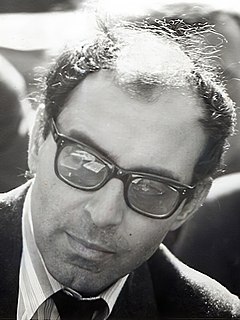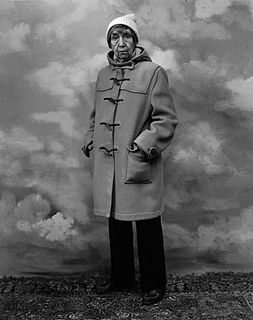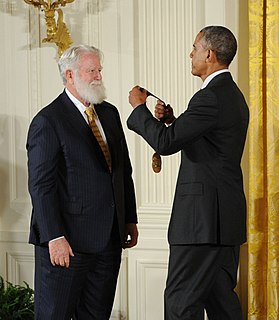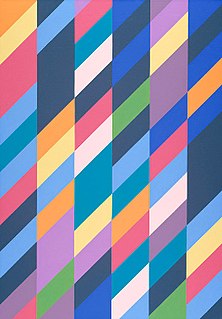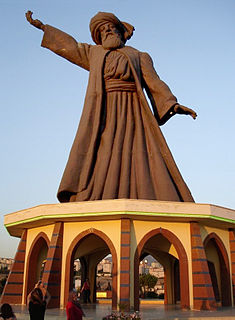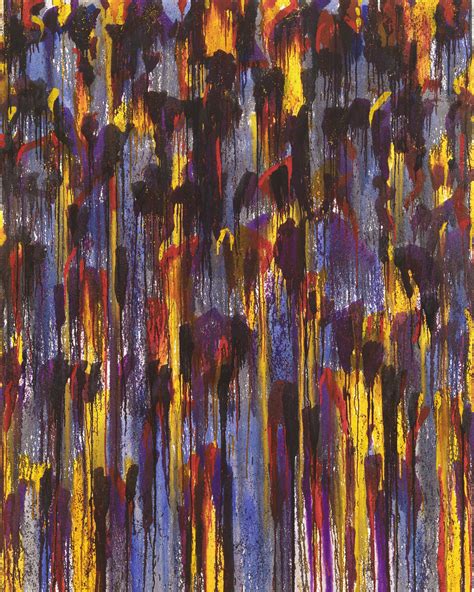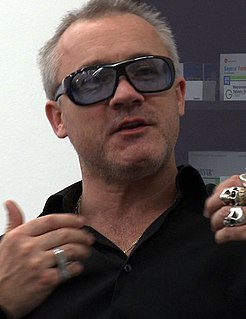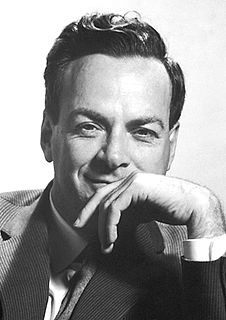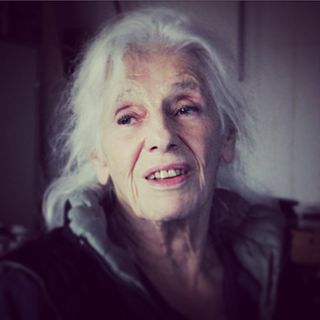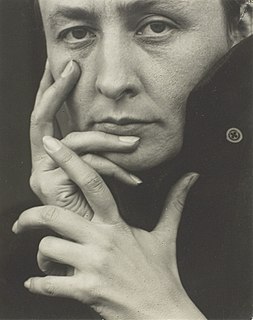A Quote by Kehinde Wiley
Stained glass is unique from the outside, but as a painting insider, I know that oil painting's all about light. And it's about the depiction of light, the way that it bounces off different types of skin, different landscapes. The mastery of that light is the obsession of most of my painter friends.
Related Quotes
But I have a problem with the term 'light'. I never in my life knew what to do with that. I know that people have mentioned on some occasions that 'Richter is all about light', and that 'the paintings have a special light', and I never knew what they were talking about. I was never interested in light. Light is there and you turn it on or you turn it off, with sun or without sun. I don't know what the 'problematic of light' is. I take it as a metaphor for a different quality, which is similarly difficult to describe. Good.
There's always a joy in newness as a painter, and in sub-Saharan Africa, I encountered different realities with regard to light and how it bounces across the skin. The way that blues and purples come into play. In India and Sri Lanka, it was no different. It became a moment in which I had an opportunity to learn as a painter how to create the body in full form, and that's a very material and aesthetic thing. This is not conceptual. It's all an abstraction.
In thinking of light, if we can think about what it can do, and what it is, by thinking about itself, not about what we wanted it to do for other things, because again we've used light as people might be used, in the sense that we use it to light paintings. We use it to light so that we can read. We don't really pay much attention to the light itself. And so turning that and letting light and sound speak for itself is that you figure out these different relationships and rules.
I always wanted to make a light that looks like the light you see in your dream. Because the way that light infuses the dream, the way the atmosphere is colored, the way light rains off people with auras and things like that...We don't normally see light like that. But we all know it. So this is no unfamiliar territory - or not unfamiliar light. I like to have this kind of light that reminds us of this other place we know.
Greek architecture taught me that the column is where the light is not, and the space between is where the light is. It is a matter of no-light, light, no-light, light. A column and a column brings light between them. To make a column which grows out of the wall and which makes its own rhythm of no-light, light, no-light, light: that is the marvel of the artist.
After painting comes Sculpture, a very noble art, but one that does not in the execution require the same supreme ingenuity as the art of painting, since in two most important and difficult particulars, in foreshortening and in light and shade, for which the painter has to invent a process, sculpture is helped by nature. Moreover, Sculpture does not imitate color which the painter takes pains to attune so that the shadows accompany the lights.
Consider paint a film of light reflecting/absorbing material, and a colored paint a material which gives a particular, characteristic transmission of light via differential absorption and reflection. Call this reflected quality 'luminance' and measure it in millilamberts. This measure is as real and present as height, breadth, depth; and I find the phenomenon equally sumptuous and convincing. . . . Painted light, not color, not form, not perspective, or line, not image, or words, or equations, is painting. I make paintings which do not represent light, they are light.

